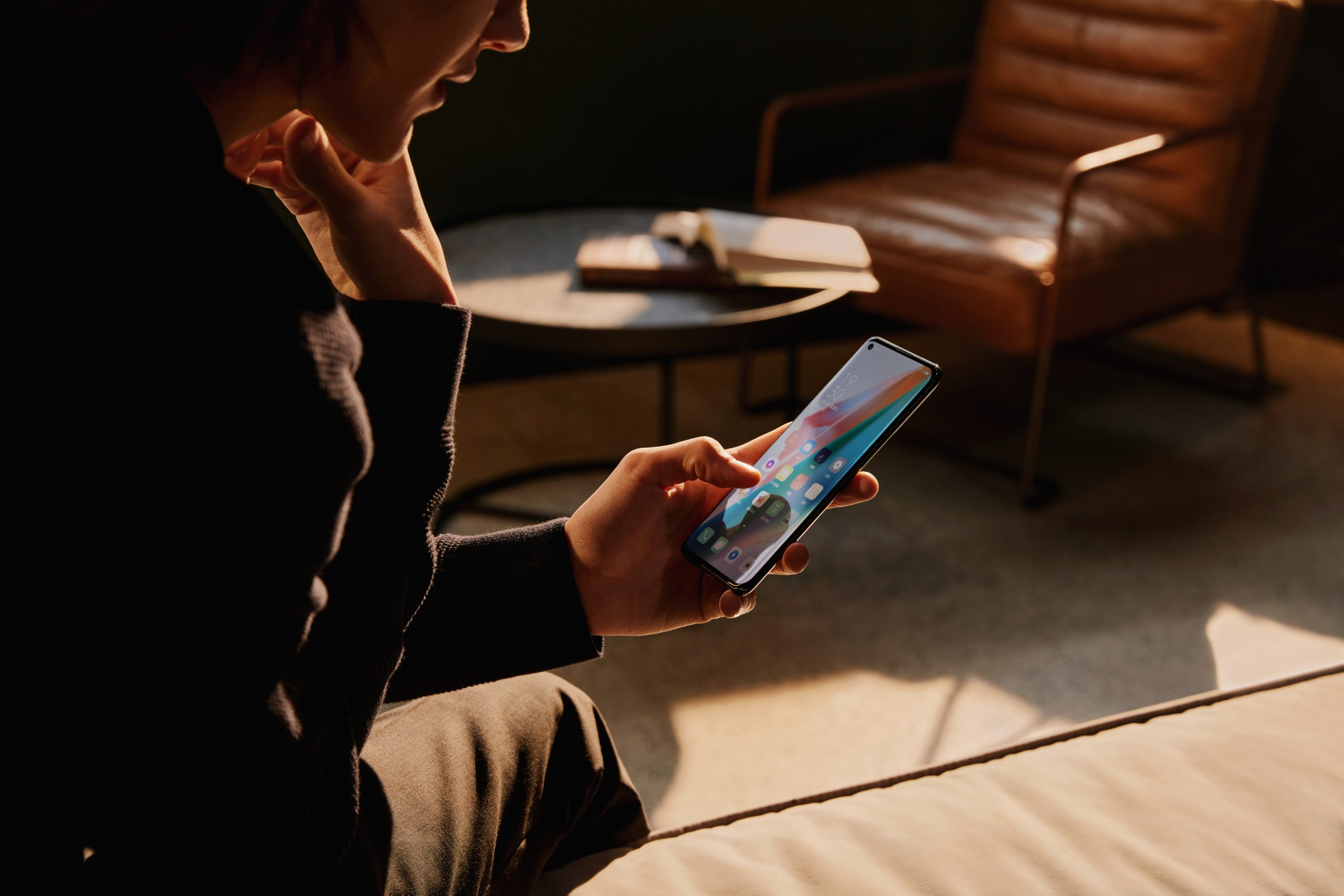
We explain the differences that set the Oppo Find X3 Pro apart from its Android stablemates the X3 Neo and X3 Lite.
Oppo is probably the biggest smartphone company that you’ve never heard of. Part of the BKK Electronics conglomerate, Oppo sells millions of Android smartphones around the world every year.
Oppo’s latest flagship phone, the Find X3 Pro, will doubtless garner all the attention as it has the features – and the price – to go toe-to-toe with the latest big-name phones from Samsung and Apple.
But the Find X3 Pro doesn’t stand alone, with the Find X3 Neo and X3 Lite also available from Vodafone UK. Although all three Find X3 phones have some features in common, there are significant differences too. Here’s a breakdown of what they have in common – and what sets them apart.
Oppo X3: Cameras
When it comes to cameras, the Find X3 Pro and Neo share much in common. Their main camera is a 50 megapixel (MP) shooter that should excel in low-light conditions. It not only has an optically stabilised lens to reduce blurriness in images caused by your shaky hands, but it also has a very large Sony imaging sensor and a lens with a wide aperture.
Both of these should ensure the camera records as much light as possible for the best possible picture.
The Pro and Neo also have a 13MP optical zoom camera. But they noticeably diverge when it comes to their ultra-wide angle cameras. Unusually, the X3 Pro’s ultra-wide angle lens is backed by a second Sony sensor that’s identical to the main camera’s 50MP sensor. This immediately sets it apart from the vast majority of other smartphones, including the X3 Neo, which use sensors that aren’t as capable at capturing fine details in low light for their ultra-wide cameras.
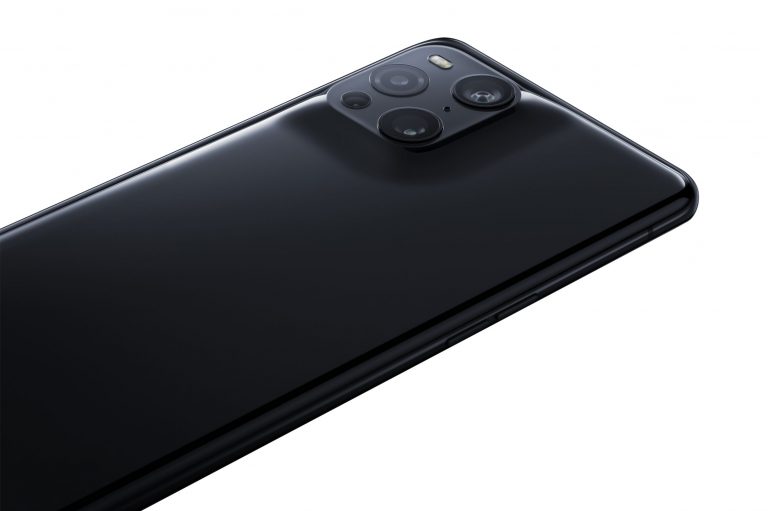
The X3 Lite’s cameras aren’t as advanced as those on the Pro or Neo. But its 64MP main camera and 8MP ultra-wide angle camera should be more than enough for casual snappers.
Another unique photography feature of the Pro is its 3MP ‘microlens’ camera for shooting extreme closeups of objects – you can see details invisible to the naked eye. Although the microscope-style shots are more likely to be used to entertain the kids rather than as a regular fixture in your Instagram feed, it still sets the Pro apart from the Neo and the Lite.
Those two phones have a 2MP macro camera instead. This can still shoot close-ups of small objects, just not at the same extreme magnification levels.
If you want the greatest possible flexibility when shooting video, then you’ll want the X3 Pro or Neo, which can both shoot 4K resolution video up to 60fps (frames per second). The X3 Lite maxes out at 30fps for 4K video. All three X3 phones can record video from the selfie and main rear cameras at the same time. So, for example, you can show both your reaction to a prancing pet and the animal itself.
Oppo X3: Screens
We’ve grown used to judging smartphone screens by their resolution – the higher their pixel count, the sharper and more detailed text and images will appear. There’s little to separate the X3 phones in this area though.
While the Pro’s 6.7in screen does have a higher resolution of 3216×1440 pixels compared to the 2400×1080 pixels of the 6.5in and 6.4in screens of the Neo and Lite, you’d have to have the eyesight of a sharpshooter to notice the difference.
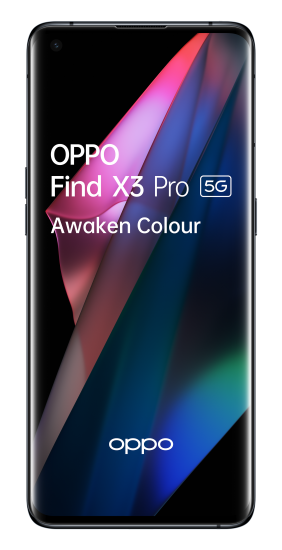
What really sets the screens of the X3 series apart is their refresh rate and colour reproduction.
The Pro’s screen has a dynamic refresh rate that can go as high as 120 Hertz (Hz). This ensures that fast-moving animations, such as those in games or when you’re scrolling rapidly through a web page, are as buttery smooth as possible.
The Neo and Lite screens have a maximum refresh rate of 90Hz. All can adjust their refresh rates as needed to prioritise smooth onscreen action or battery life. By comparison, almost all smartphone screens just a handful of years ago had fixed refresh rates of 60Hz.
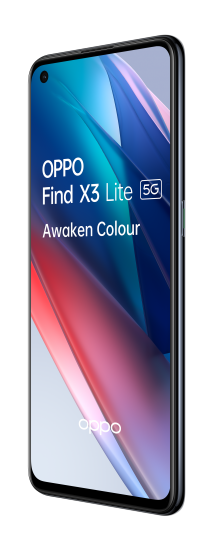
The X3 Pro screen not only has exceptionally high levels of colour accuracy. It also has high dynamic range too, so with images that have especially bright areas and especially dark areas, details will still be visible in both rather than in just one or the other.
Oppo X3: Processors and storage
The Find X3 Pro is one of the first Android phones to come with the Snapdragon 888, Qualcomm’s latest processor. It therefore has plenty of horsepower to run demanding apps, such as graphically rich games, for years to come.
The Find X3 Neo isn’t quite as well endowed, but its Snapdragon 865 chip is by no means a has-been. The 865 was Qualcomm’s flagship processor of 2020 and therefore found its way into high-end phones from Sony and OnePlus.
The Find X3 Lite comes with Qualcomm’s Snapdragon 765G processor, the same chip found in the Google Pixel 5 and 4a 5G. While it’s not as blisteringly fast as the 8-series Snapdragons in the more expensive X3 phones, it’s still more than quick enough for everyday tasks such as web browsing and messaging.
Both the Pro and Neo come with 256GB of storage built-in, while the Lite has 128GB. Since there’s no microSD slot on any of the X3 phones, you won’t be able to add more storage later.
Oppo X3: keeping up appearances
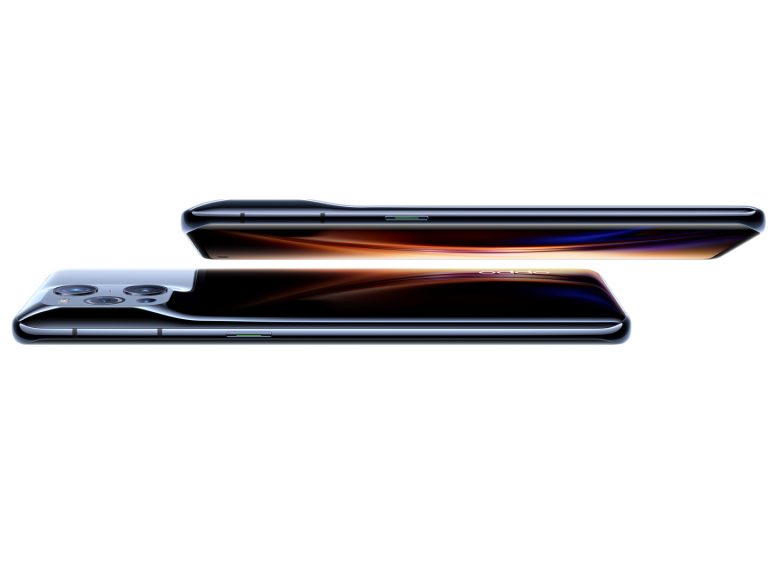
While the X3 Neo and Lite are far from ugly, it’s the X3 Pro that immediately catches the eye with its glass casing that contours gently around its camera bump. The Neo doesn’t have that, but it does have a matte, grippy texture to its casing which may appeal to some.
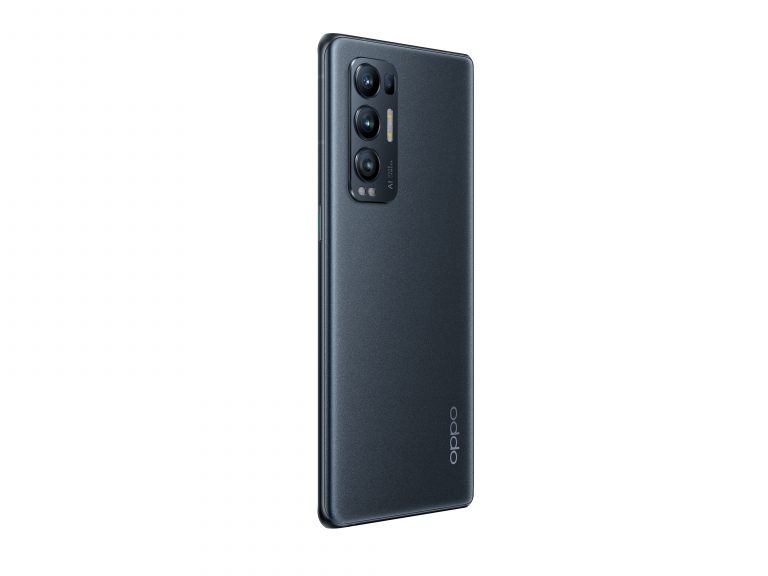
If the moody black or blue finishes of the Pro aren’t to your taste, then the more lustrous silver of the Pro and blue of the Lite may appeal to you instead.
Oppo X3: What they all have in common
All Find X3 series phones can connect to Vodafone UK’s 5G network, which is available in 100 locations around the country. All three can take dual SIM cards, but only the Pro and Neo support 5G on both.
All three Oppo Find X3 phones come with Android 11, the latest version of Google’s mobile operating system, pre-installed. Oppo’s ColorOS interface has been added on top of Android, bringing unique features such as the ability to translate a screenshot containing text in a foreign language using a three-fingered texture. ColorOS also has the option to run two apps on-screen simultaneously, an increasingly common sight on Android phones.
All of the X3 phones have a 32-megapixel (MP) selfie camera. As with an increasing number of smartphones, none of the Find X3 handsets have 3.5mm audio jacks for connecting wired headphones or micro SD slots for adding more storage.
If you choose an Oppo Find X3 series phone from Vodafone UK, you can not only take advantage of unlimited data on Vodafone’s award-winning UK network and the VeryMe rewards programme. You’ll also benefit from a free introductory gift, such as an Oppo smartwatch.
To learn more, visit the Vodafone UK store.
Follow @VodafoneUKNews on Twitter.
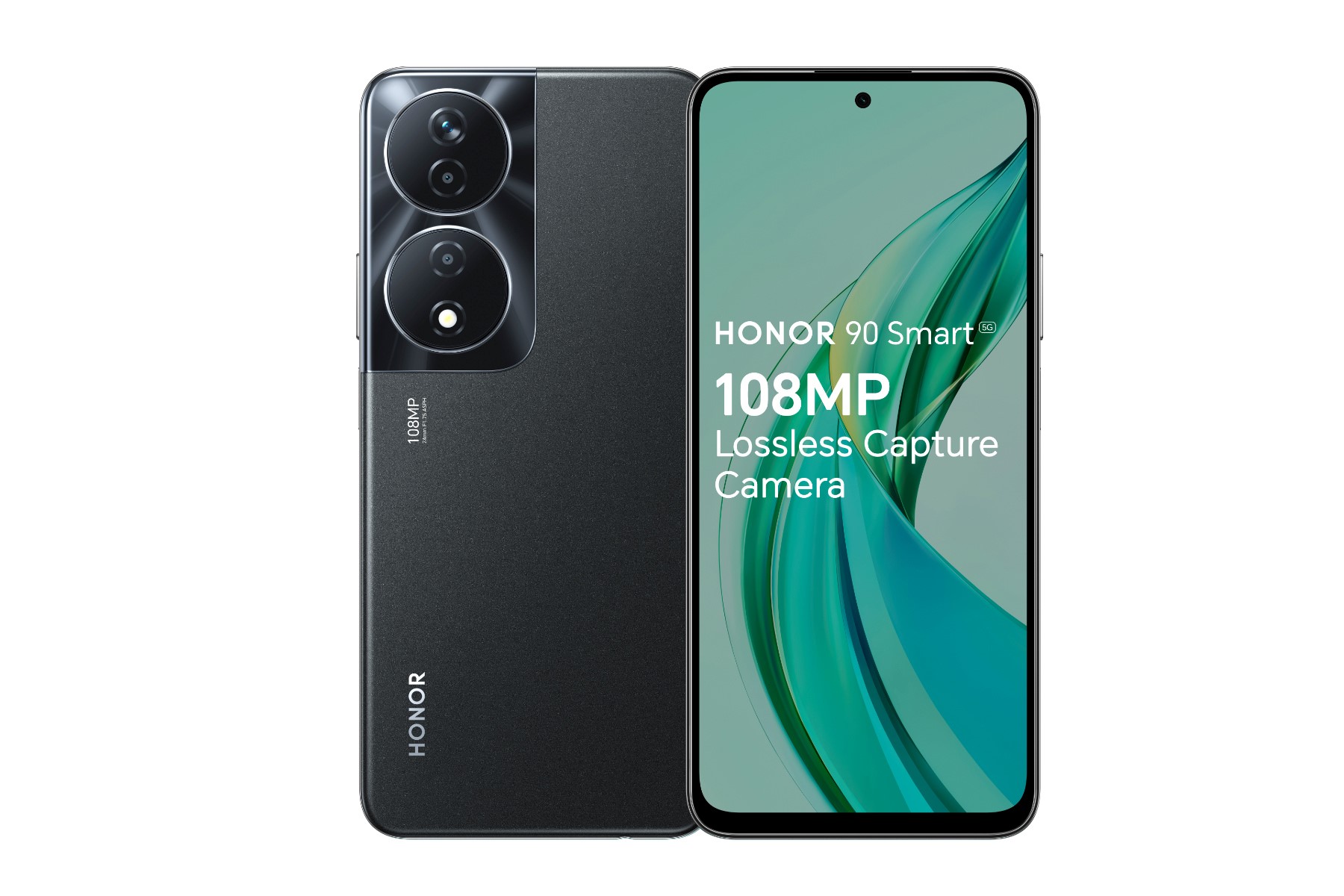
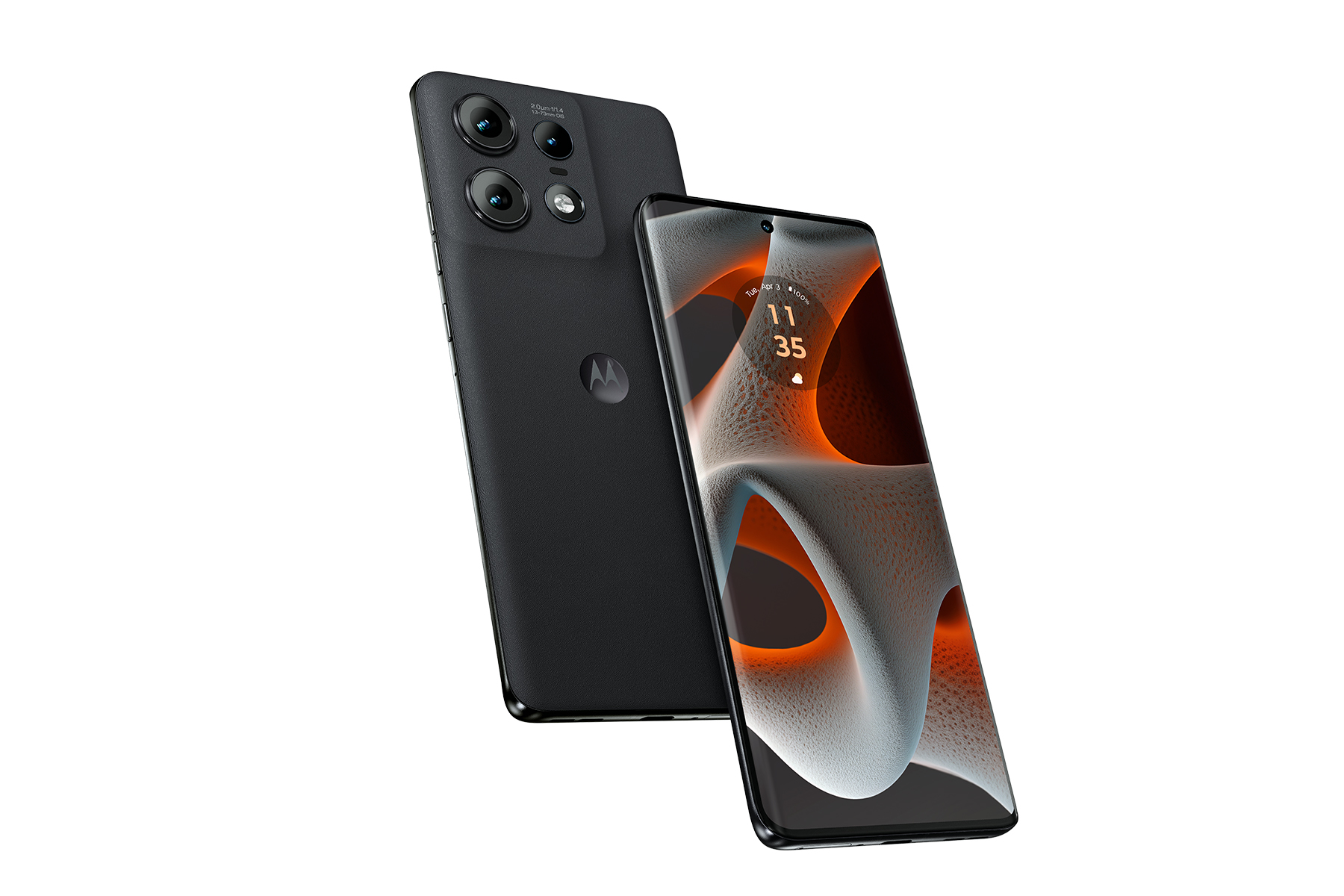
![1-happy woman with cleaning agent and phone[Adobe Stock] stock image of a woman using a smartphone while wearing rubber kitchen gloves and holding a spray bottle](https://www.vodafone.co.uk/newscentre/app/uploads/2024/04/1-happy-woman-with-cleaning-agent-and-phoneAdobe-Stock.jpg)
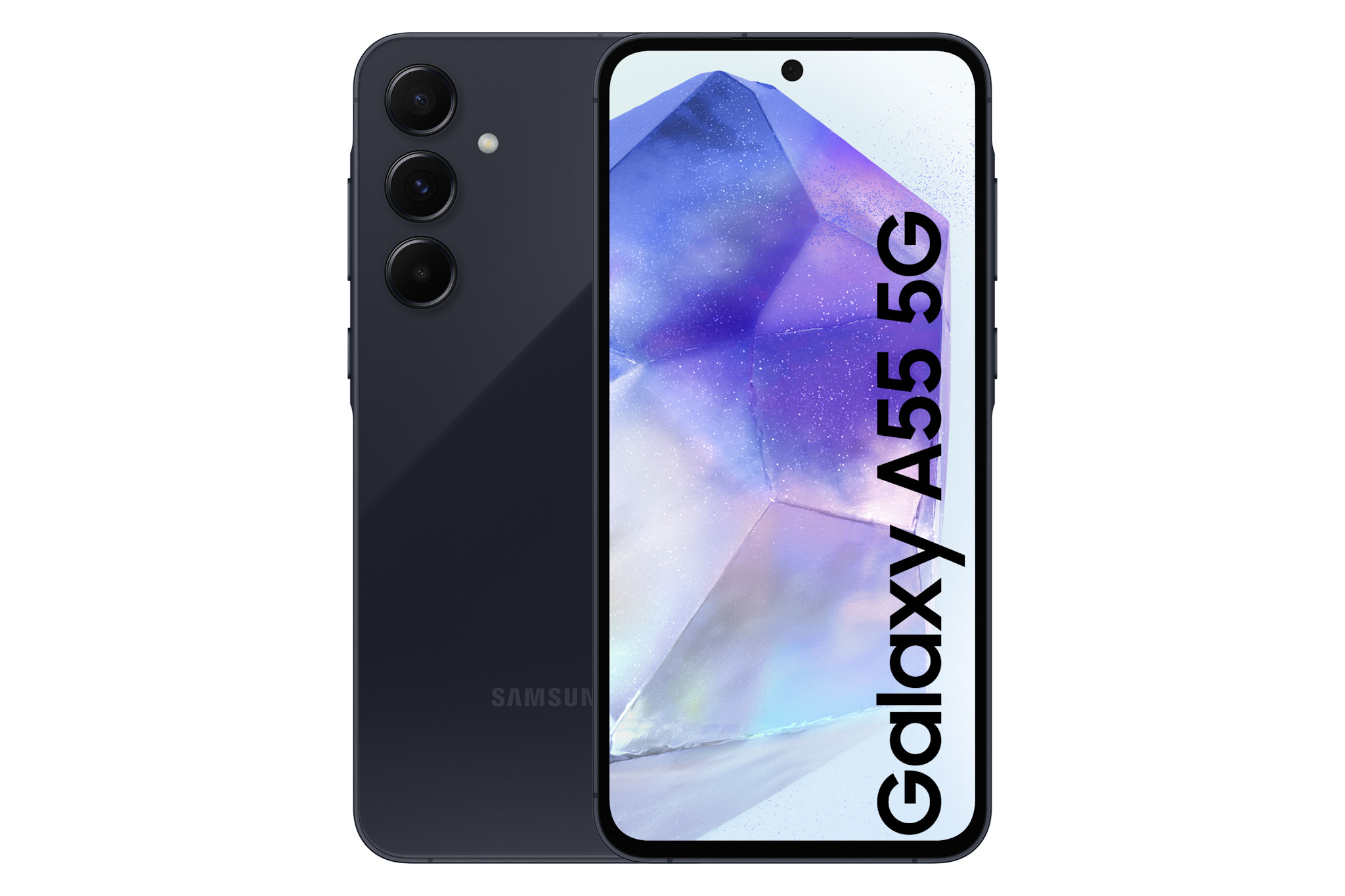
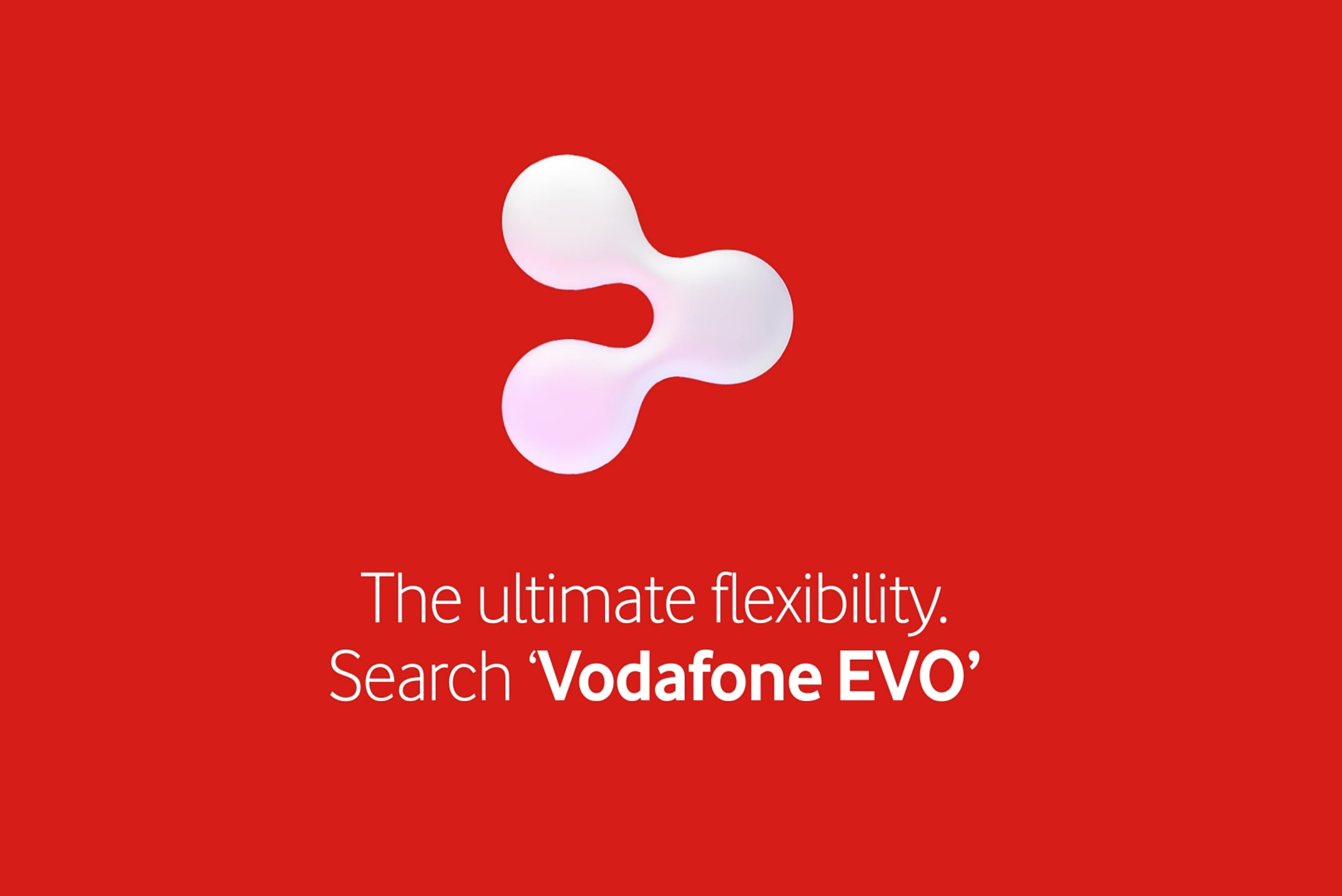
![Ben Wood [centre] at the launch of the Mobile Phone Museum exhibit at PK Porthcurno. Ben Wood [centre] at the launch of the Mobile Phone Museum exhibit at PK Porthcurno.](https://www.vodafone.co.uk/newscentre/app/uploads/2023/11/DSC04029.jpg)

![Samsung Galaxy Z Flip5 [left] and Samsung Galaxy Z Fold5 [right] Samsung Galaxy Z Flip5 [left] and Samsung Galaxy Z Fold5 [right]](https://www.vodafone.co.uk/newscentre/app/uploads/2023/07/Samsung-Galaxy-Z-Side-by-Side.jpg)

